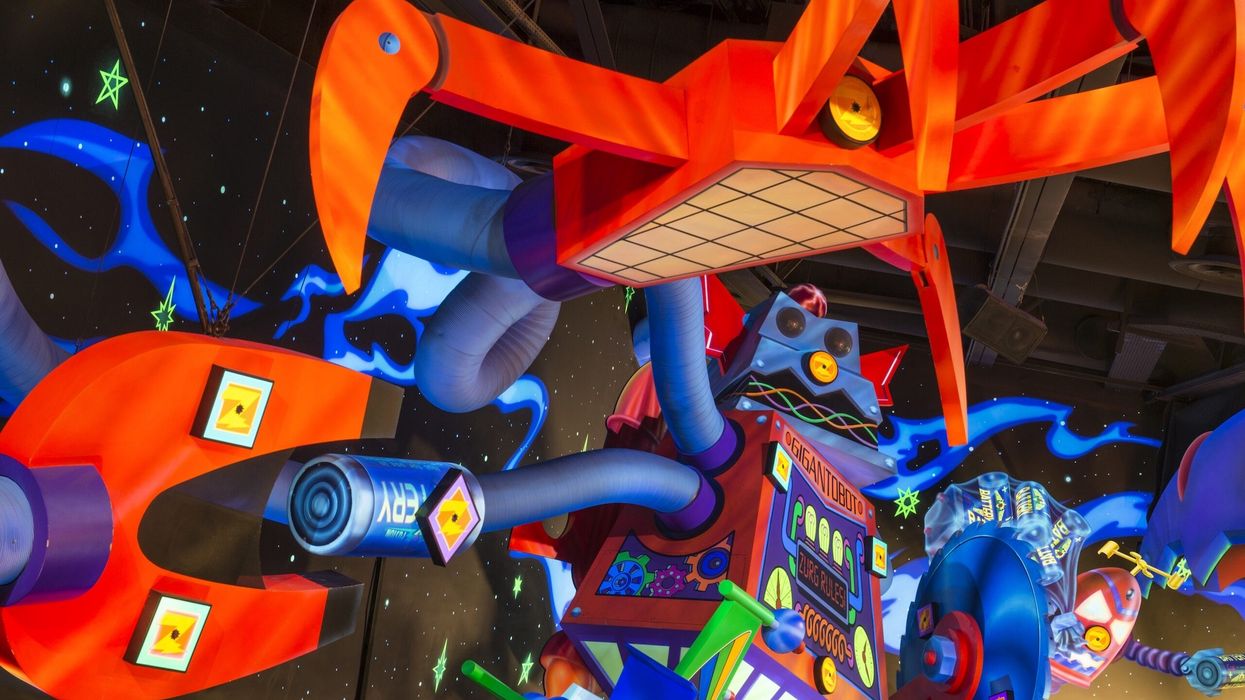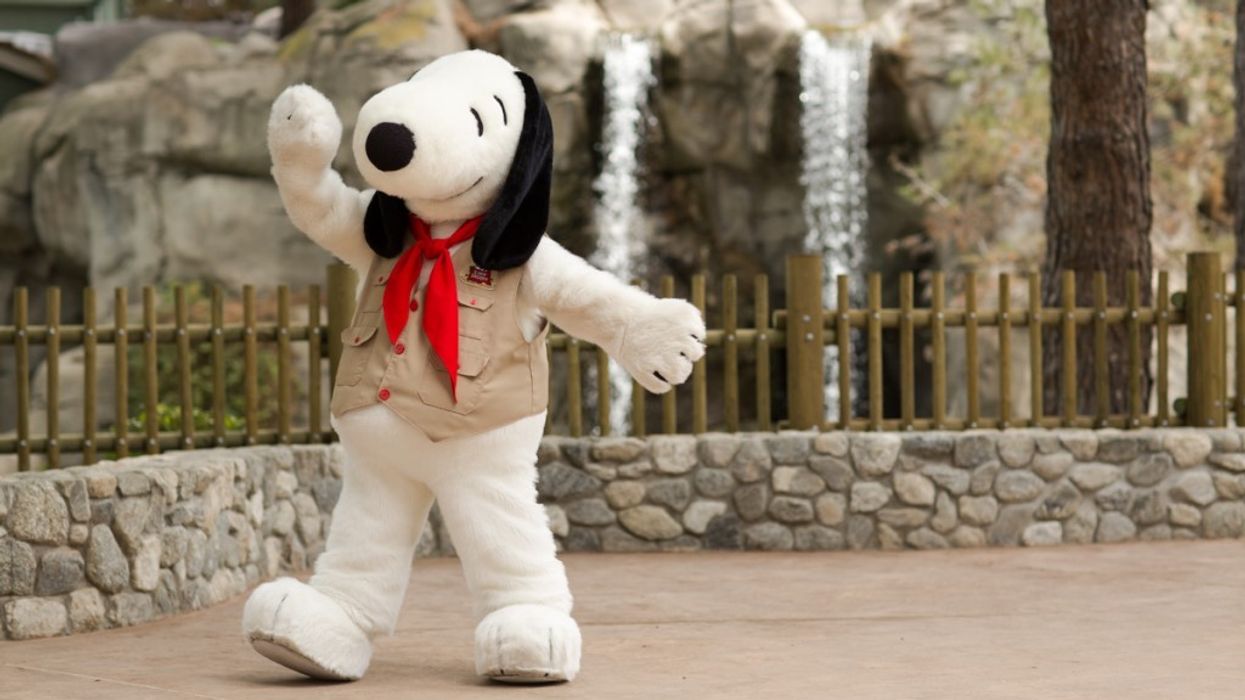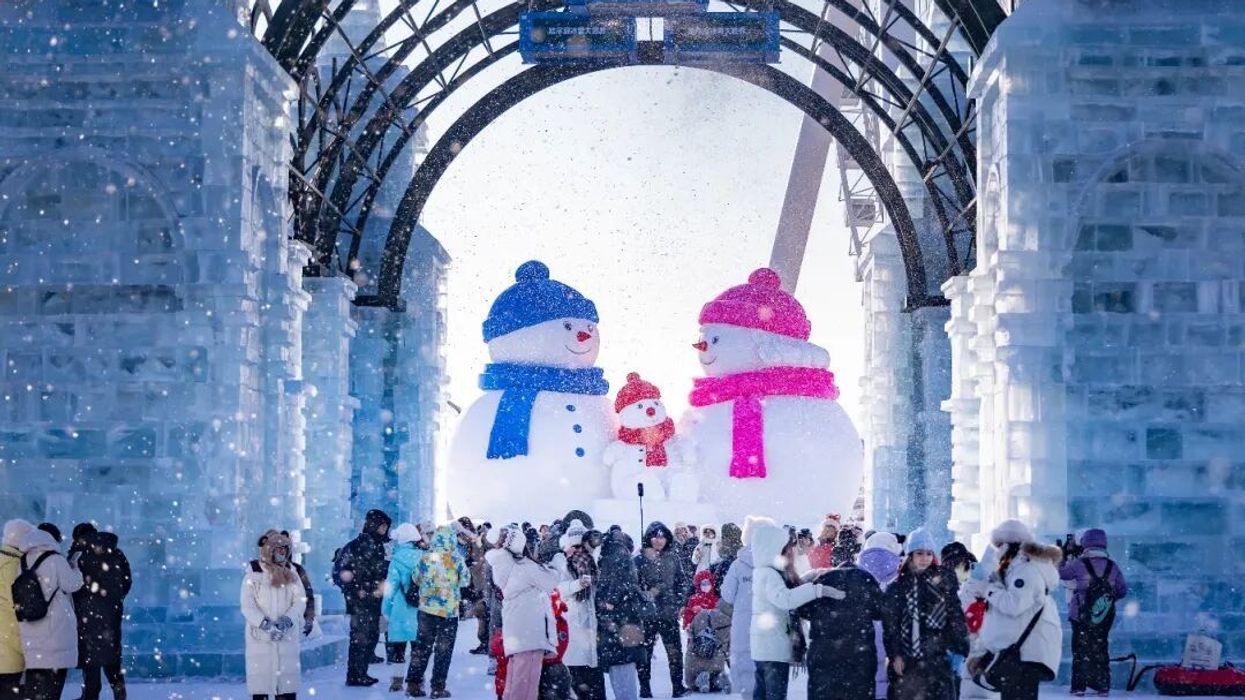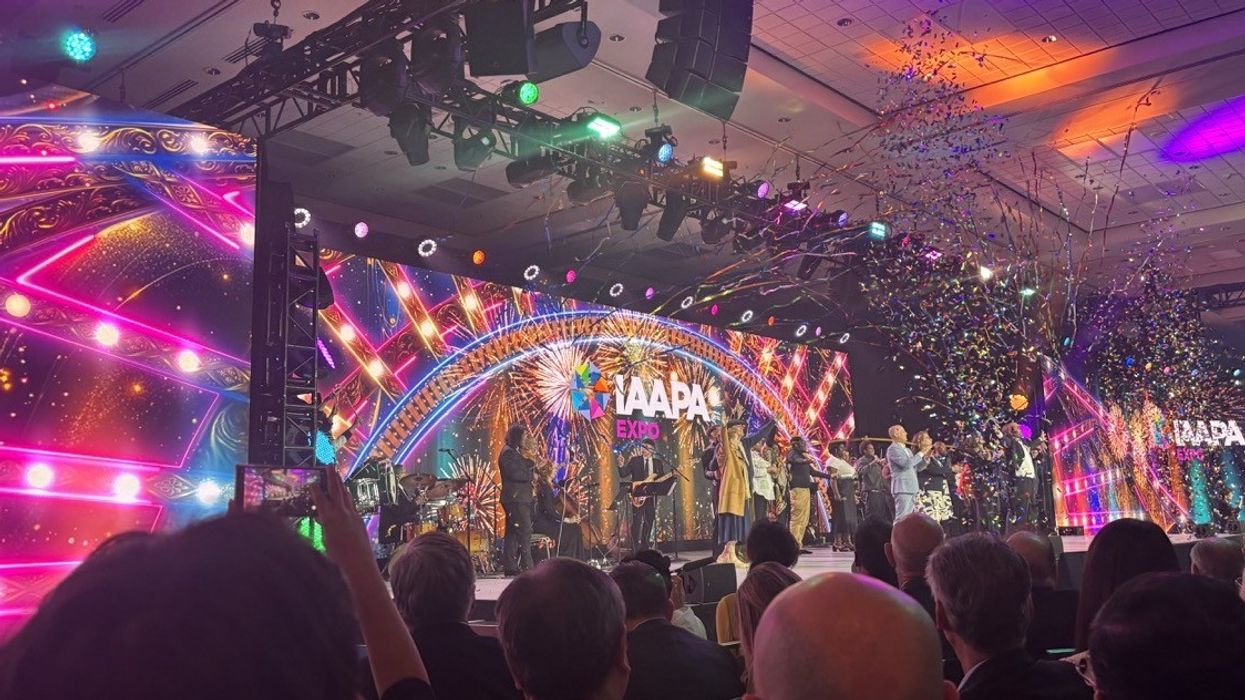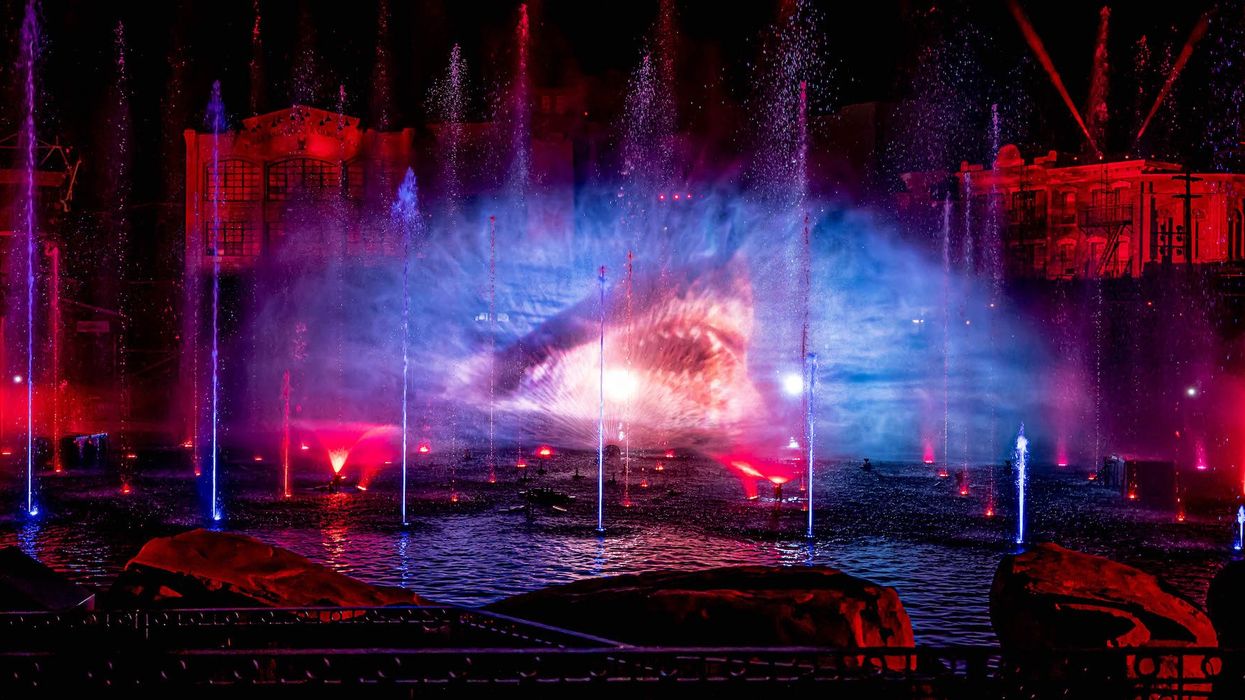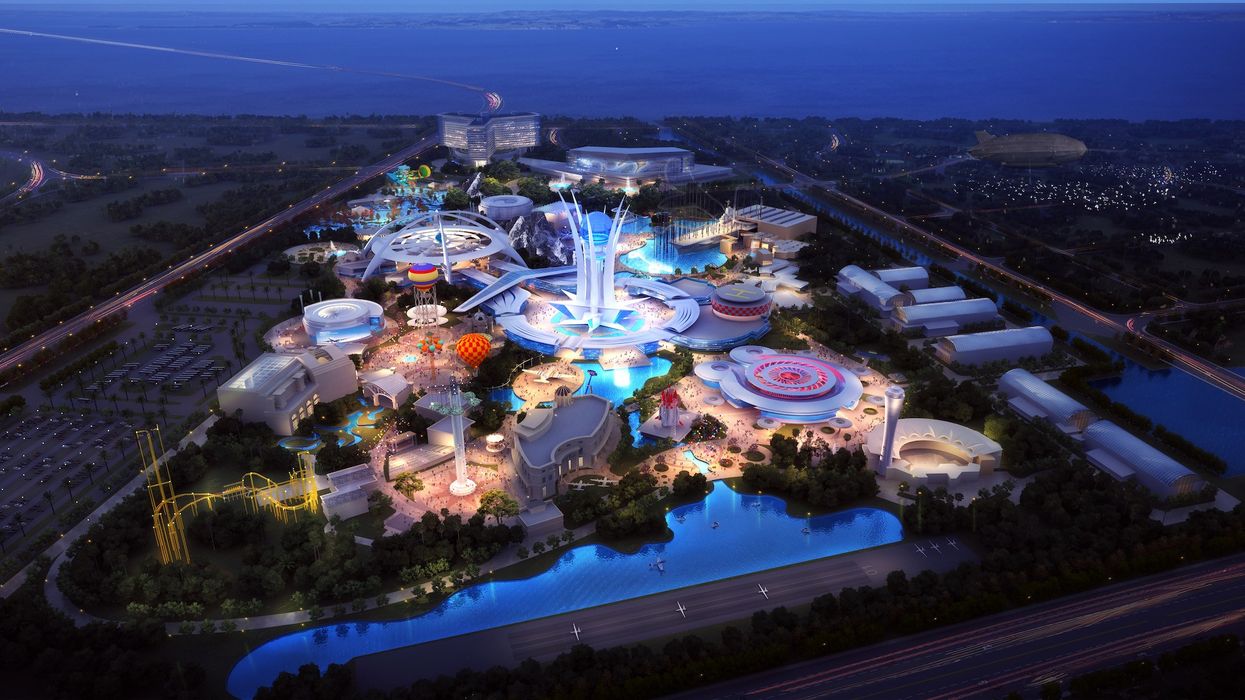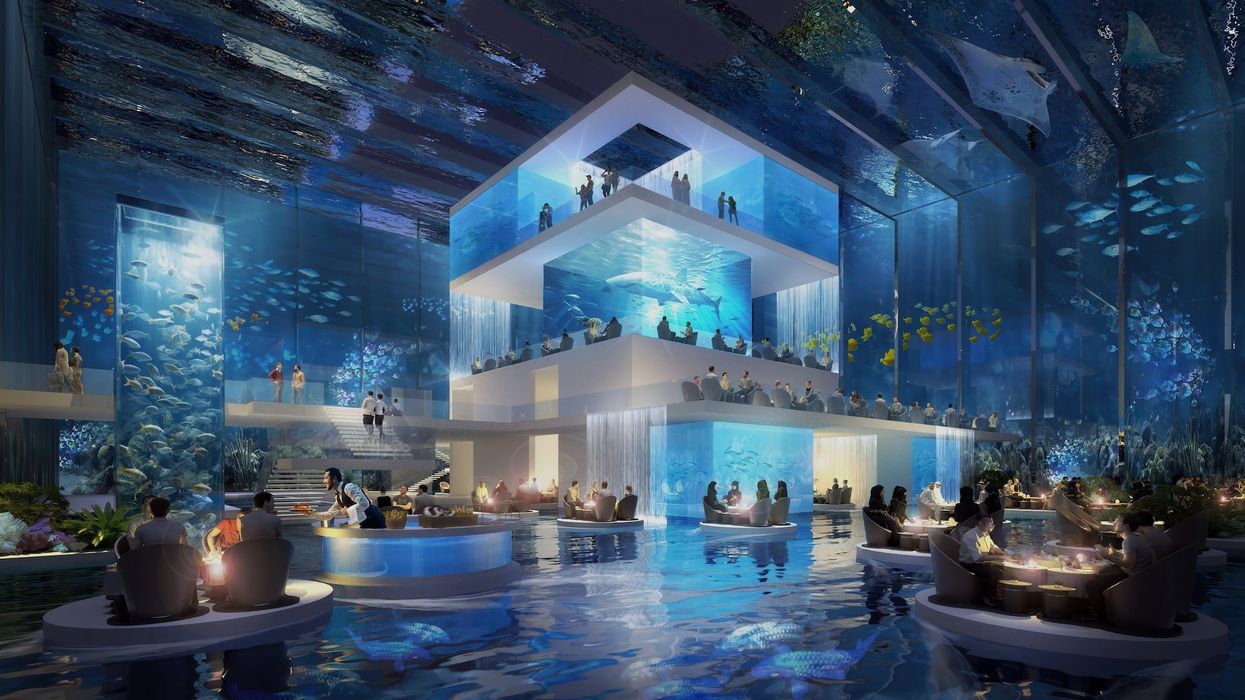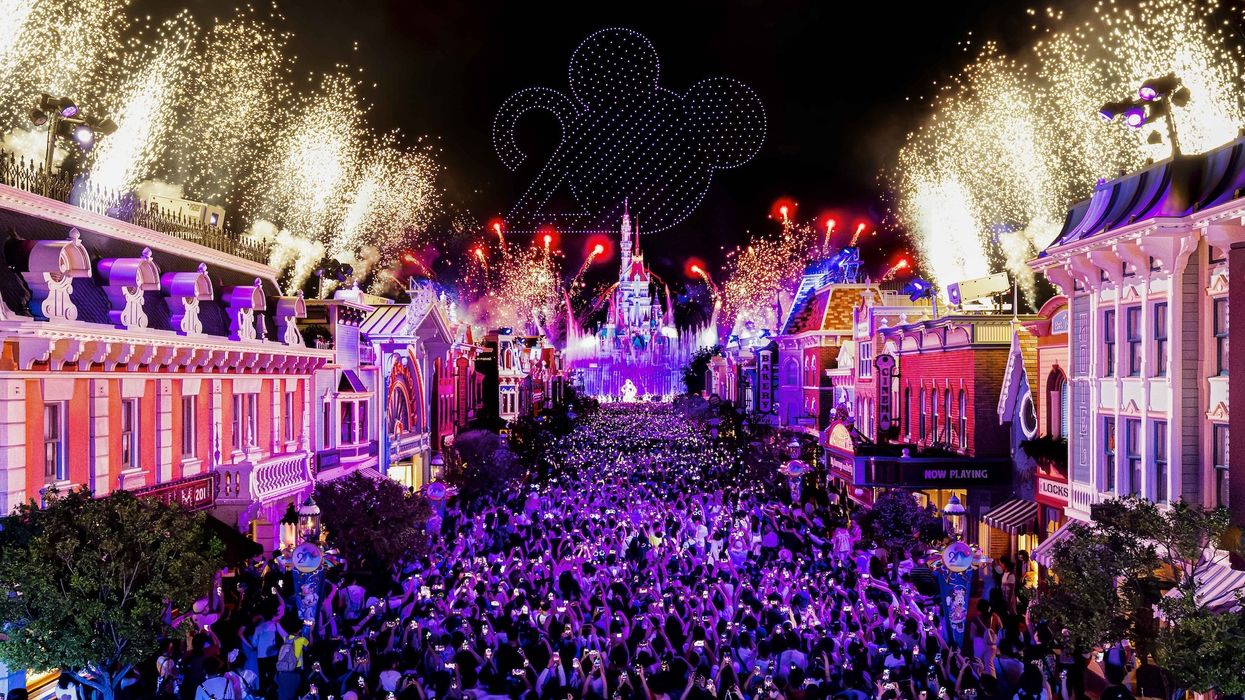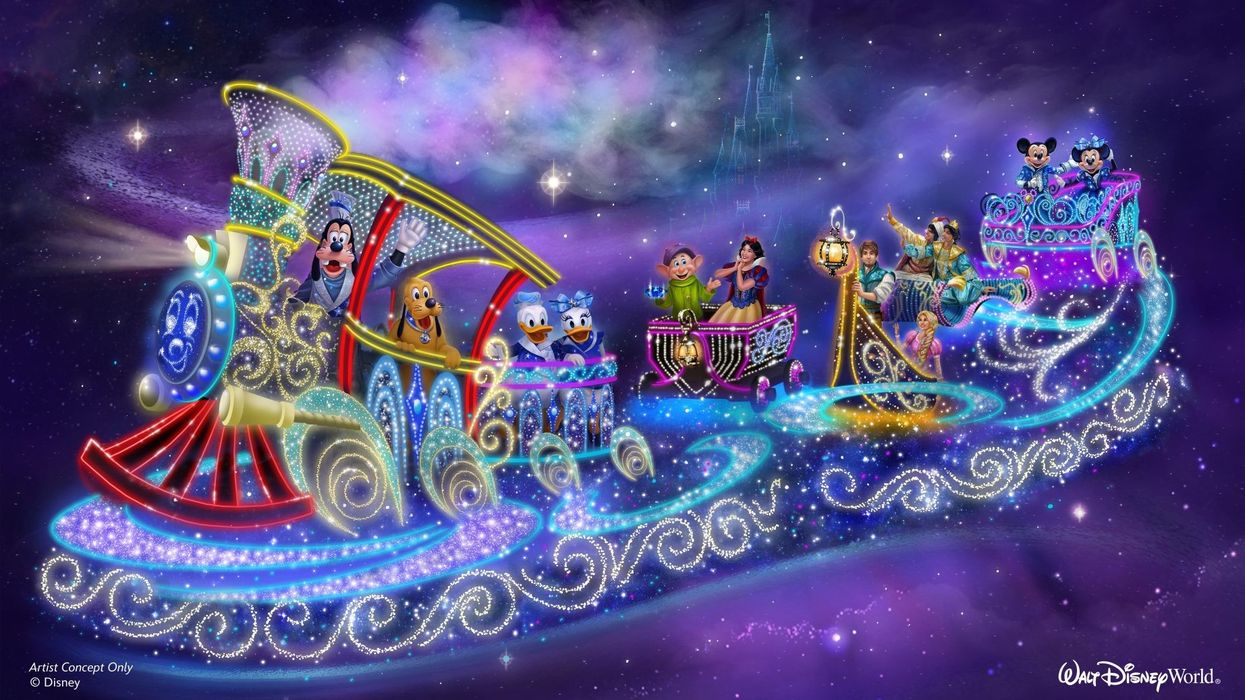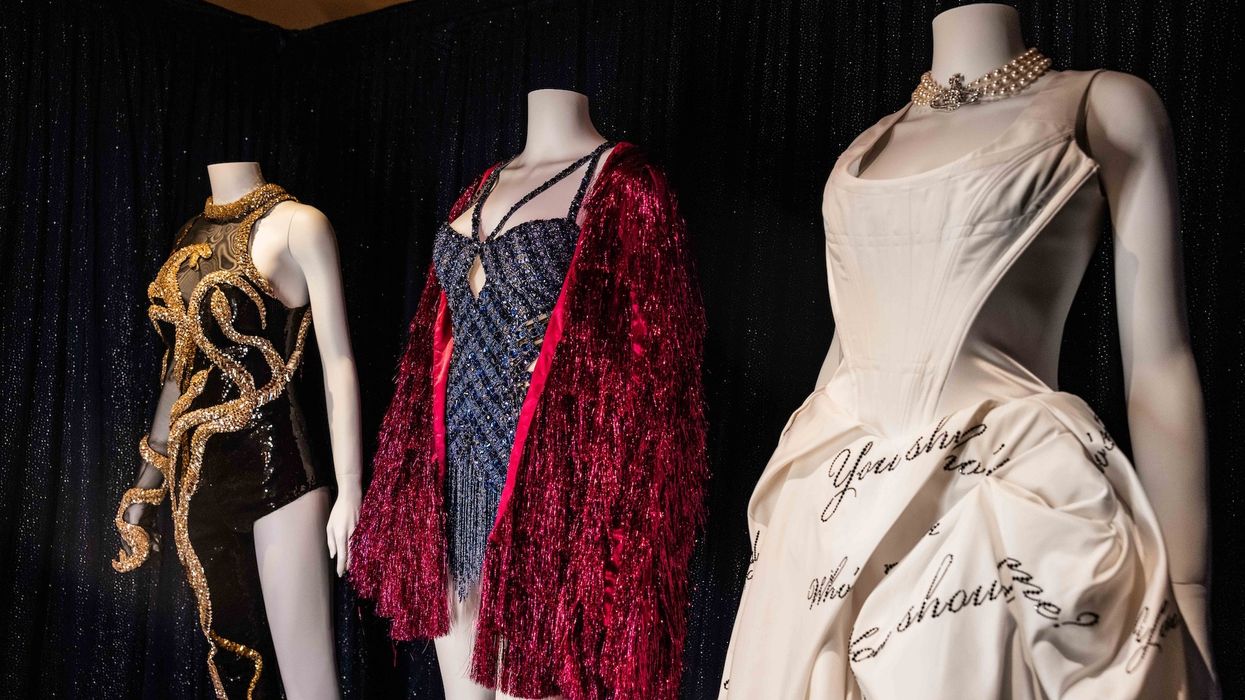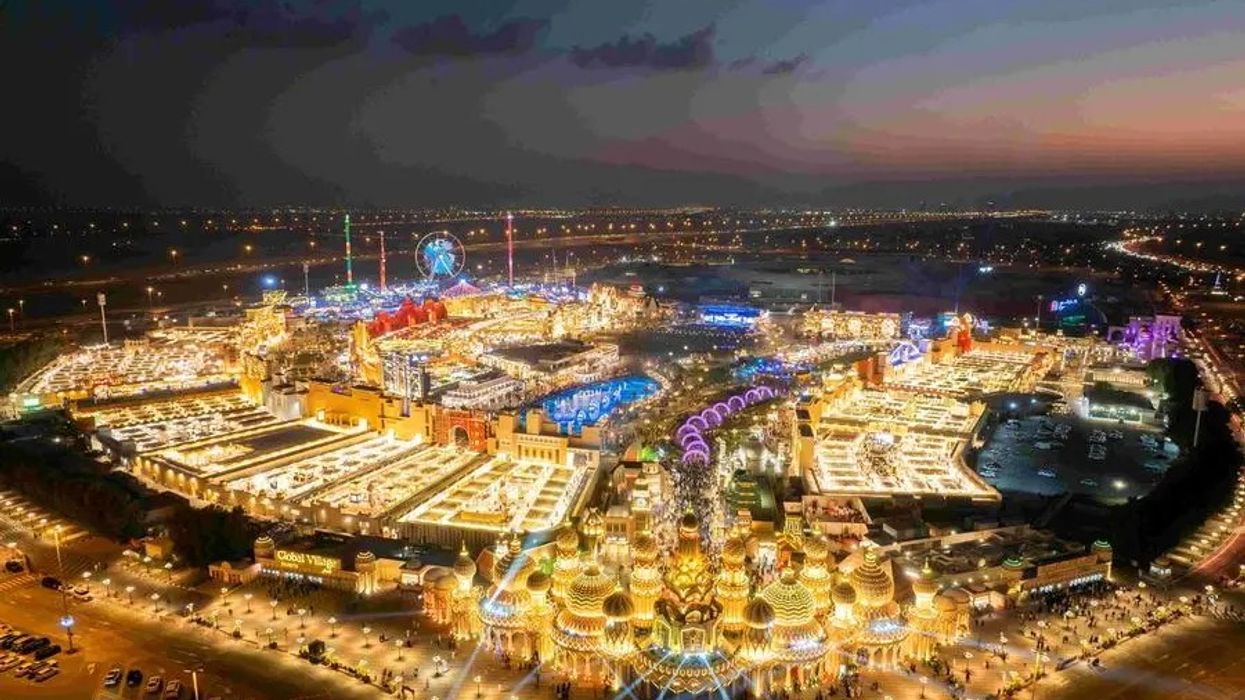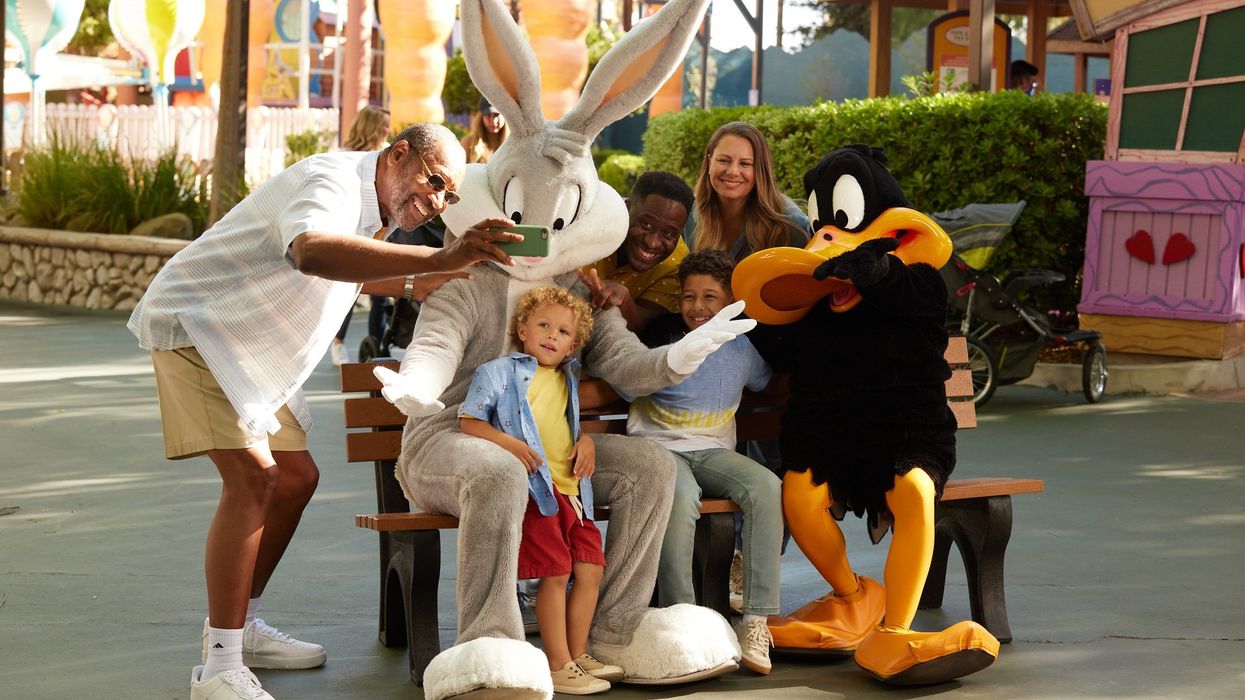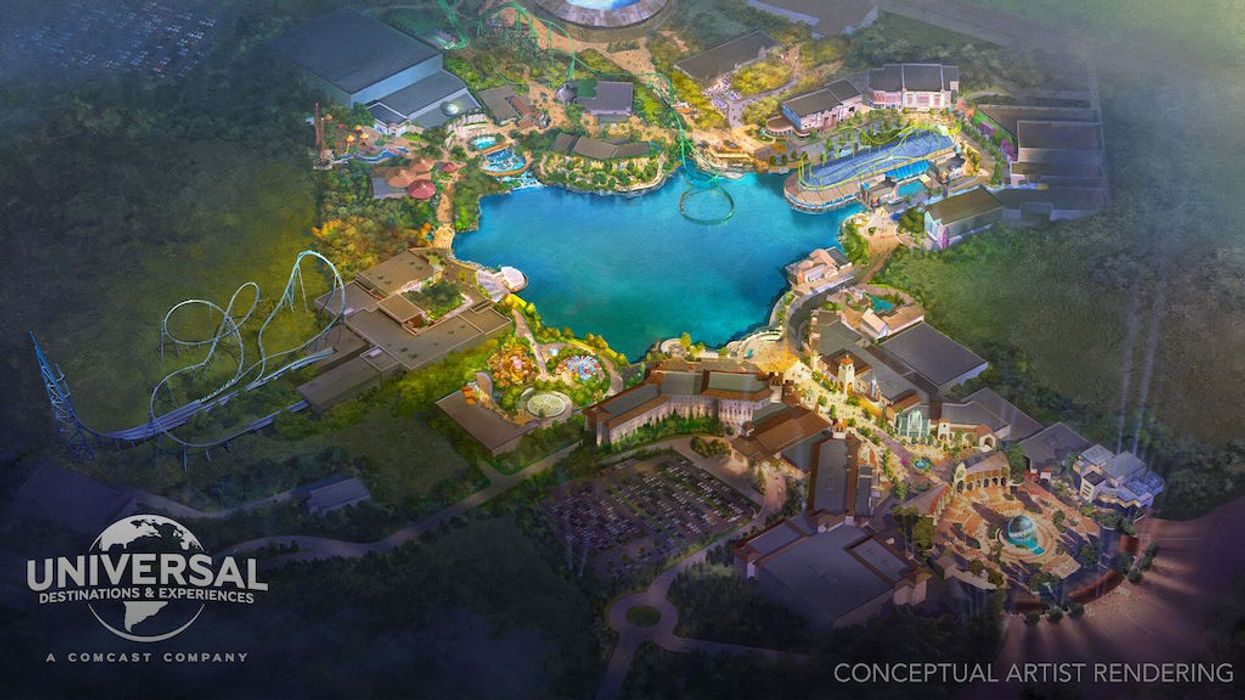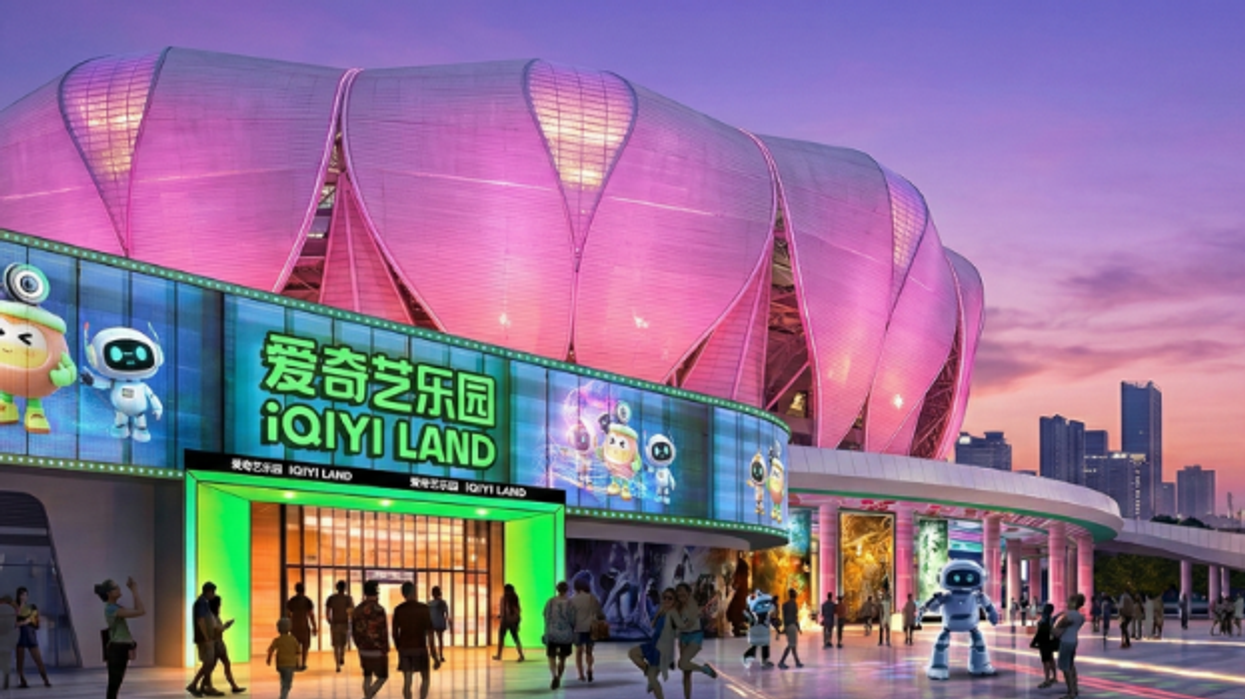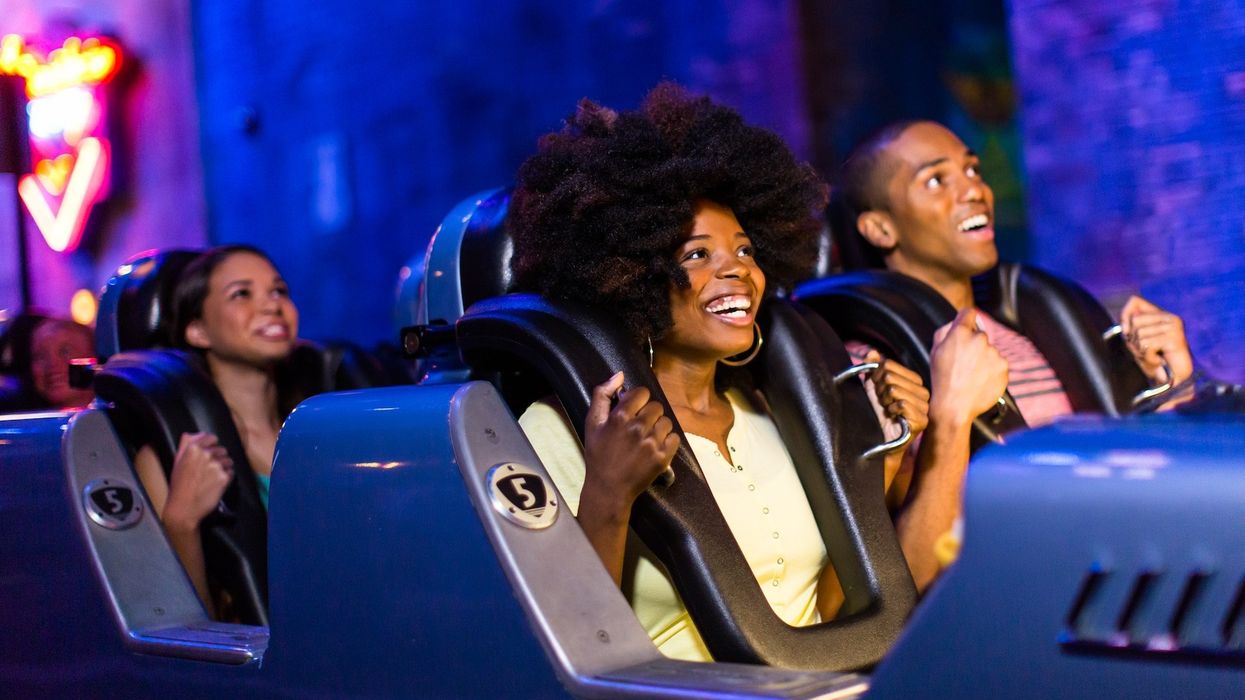The business of attractions, straight to your inbox!
Sign up to receive the industry’s most comprehensive news service directly to your inbox every day.
✅ Thank you! We’ve sent a confirmation email to complete your subscription.
Don’t miss out
Get the latest attractions industry news direct to your inbox, every day.
✅ Thank you! We’ve sent a confirmation email to complete your subscription.
Most viewed
Day
Week
Month
theme park design
Theme park design is a complex process that includes master planning, concept, storytelling, engineering, architecture, and design. It is employed for the development of new attractions and the extension or refurbishment of established parks.
A theme park design project is rooted in storytelling. The theme or narrative is usually defined early in the process of developing a park. The story or stories are then skillfully applied across the whole experience from attractions to scenography and landscaping, technology, and facilities. This process draws on the expertise of a wide range of specialists. These teams work together to develop an immersive experience for visitors.
An extensive list of specialists can be found in blooloop’s directory.
At the heart of a theme park design project is the choice of rides, their design, and their location. A theme park may include a selection of thrilling roller coasters, dark rides, and water rides alongside attractions such as drop towers, pendulums, bumper cars, and spin rides, to name just a few.
Theme park design also needs to consider the requirements of the park’s target demographic. A family park, for example, will require more family-friendly attractions, character shows, and play areas than an attraction designed for thrill-seekers.
The design of any new theme park project must ensure that it is as sustainable as possible. In addition, theme park designers need to take into account any site-specific ecological requirements. For instance, habitats, geological features, or flood plains. Practical aspects of the site, such as visitor circulation routes, service access, and facilities, must also be carefully considered.
Don’t miss our
FREE daily newsletter
Get the latest attractions industry news direct to your inbox, every day.
✅ Thank you! We’ve sent a confirmation email to complete your subscription.
theme park design features
Recent
blooloop is taking climate action and is now B Corp Certified.Sustainability strategy
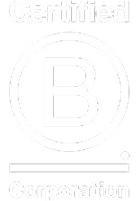
Become part of the blooloop community:Work with us


